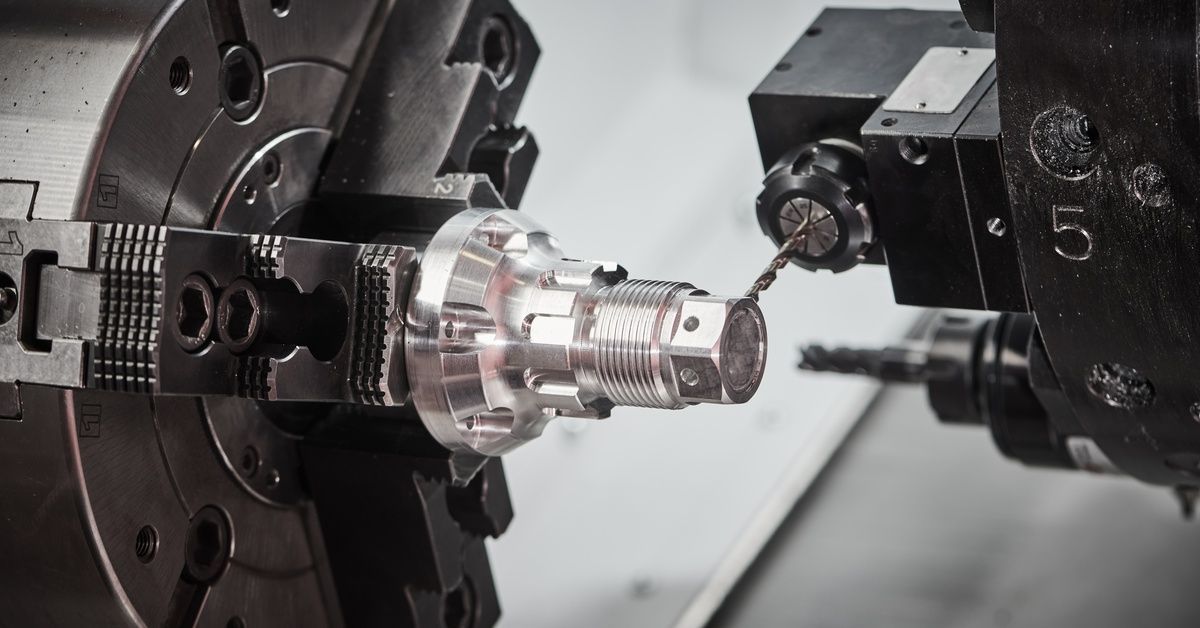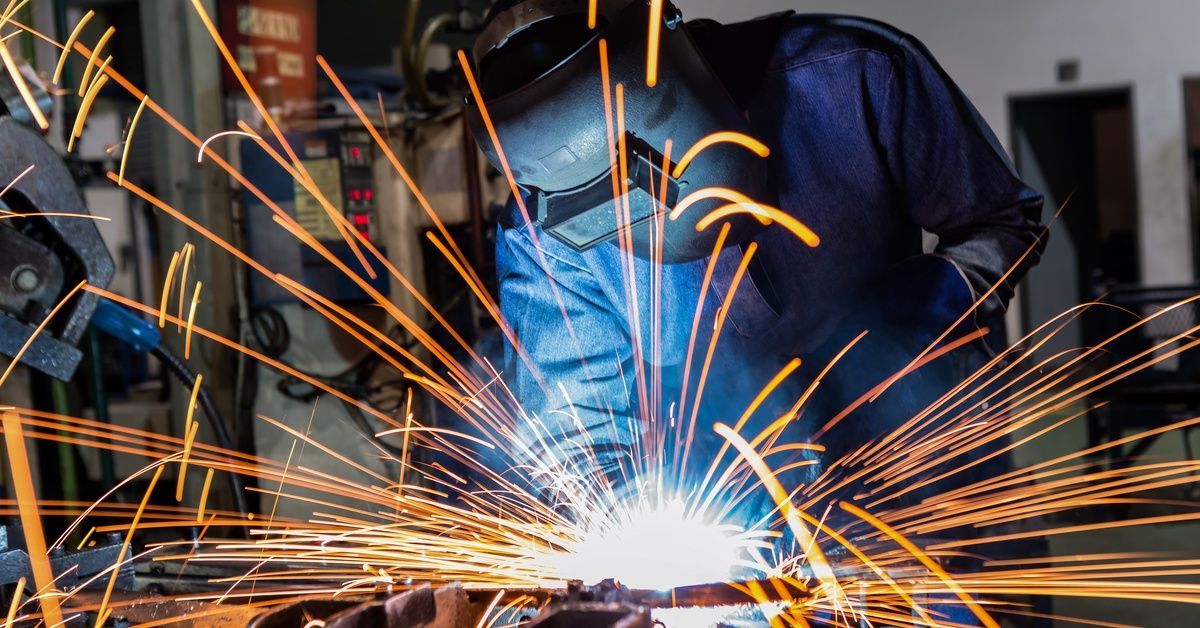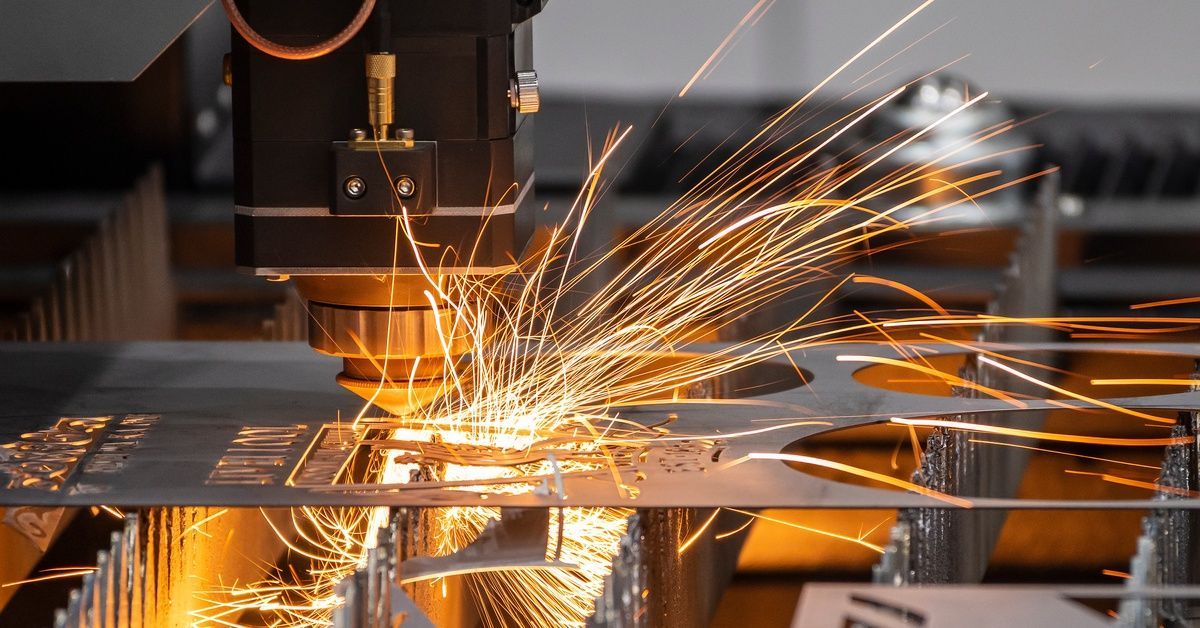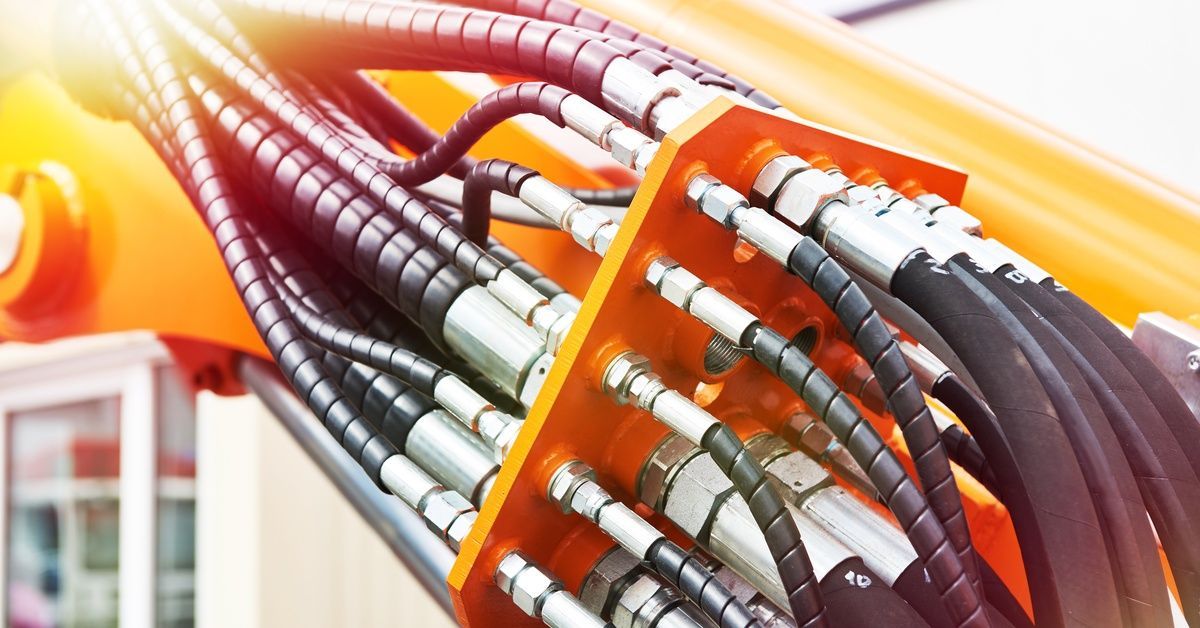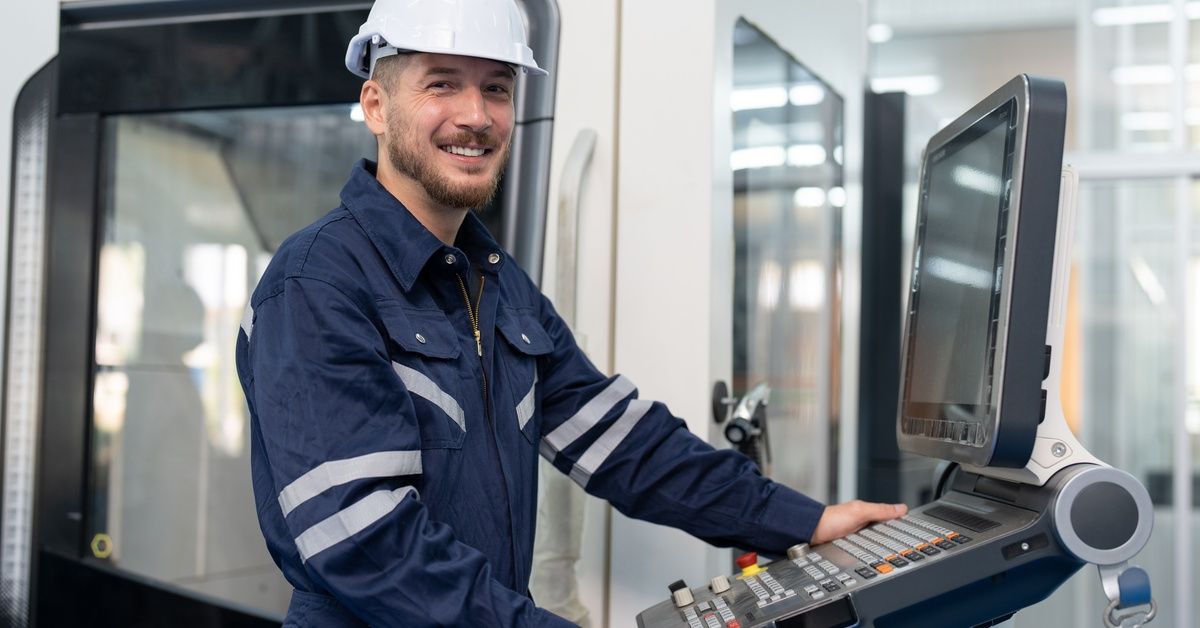Popular CNC Machining Methods and Materials
This is a subtitle for your new post
CNC machining stands as one of the most versatile and precise manufacturing processes available today. This computer-controlled subtractive manufacturing method removes material from a workpiece to create complex parts and components with exceptional accuracy.
The success of any CNC project depends heavily on choosing the right combination of machining method and material. Each machining technique offers unique advantages for different part geometries, while material selection impacts everything from corrosion resistance to surface finish quality.
This comprehensive guide explores five essential CNC machining methods and five popular materials that dominate the manufacturing industry.
5 CNC Machining Methods To Know
Modern CNC machining encompasses numerous specialized techniques, each designed to handle specific manufacturing challenges. These methods leverage different cutting actions and tool configurations to achieve precise material removal and superior surface finishes.
Milling
Milling operations use rotating cutting tools to remove material from workpieces, creating flat surfaces, slots, and complex three-dimensional shapes. The cutting tool spins at high speeds while the workpiece moves along multiple axes, allowing for precise material removal.
CNC milling machines offer exceptional versatility through their ability to perform face milling, end milling, and slot cutting operations. The process accommodates both horizontal and vertical spindle orientations, expanding the range of possible geometries.
Turning
Turning operations rotate the workpiece while a stationary cutting tool shapes the material, primarily creating cylindrical parts and components. This method proves ideal for manufacturing round objects that require precise diameter control. The lathe holds and spins the workpiece while the cutting tool moves along the length and across the diameter to achieve the desired shape.
CNC turning centers can perform multiple operations in a single setup, including facing, threading, grooving, and boring. This capability reduces setup time and improves accuracy by maintaining consistent workpiece positioning throughout the machining cycle.
Grinding
Grinding operations use abrasive wheels to achieve extremely fine surface finishes and exceptional accuracy, often achieving tolerances measured in tenths of thousandths of an inch. This process removes very small amounts of material through the action of countless abrasive particles embedded in a grinding wheel.
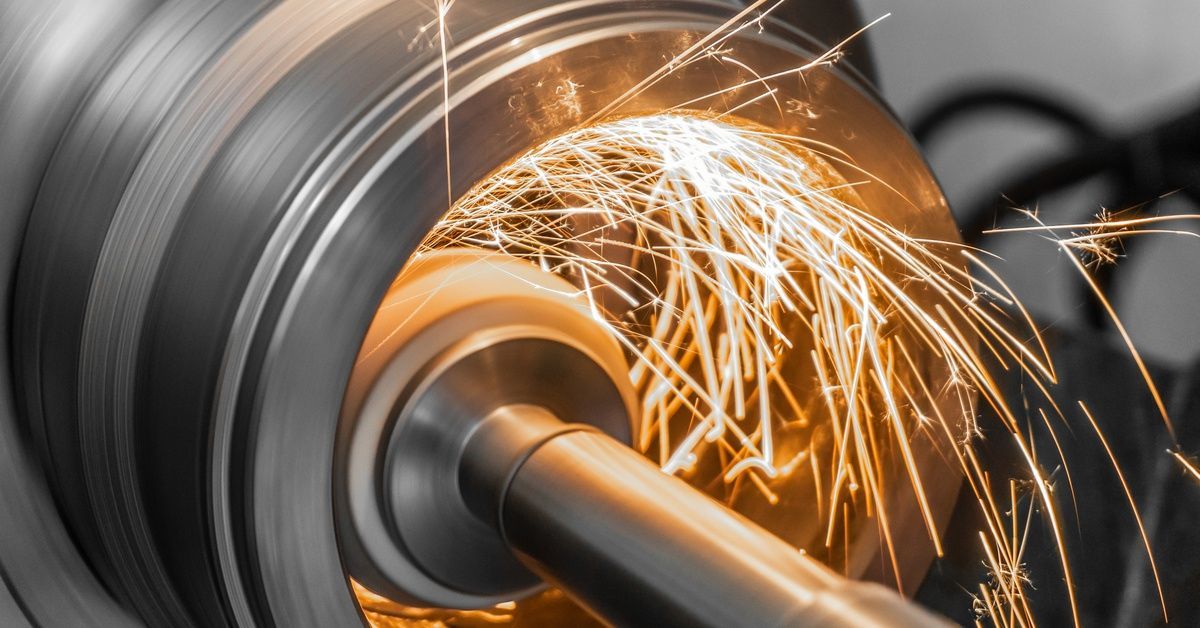
Grinding typically serves as a finishing operation after other machining methods have brought parts close to their final dimensions. Surface grinding, cylindrical grinding, and centerless grinding represent the most common variations of this precise machining method.
Drilling
Drilling operations create holes in workpieces using drill bits to cut along their axis of rotation. This fundamental machining process ranges from simple through-holes to complex hole patterns with precise positioning requirements.
CNC drilling maintains excellent hole quality while achieving rapid production rates for prototype and production quantities. However, it offers less versatility than other machining methods and requires multiple setups for different drilling needs.
Electrical Discharge Machining (EDM)
Electrical discharge machining (EDM) removes material through controlled electrical discharges between an electrode and the workpiece. This unique method excels at machining hardened materials and creating intricate internal geometries, sharp corners, and deep cavities. EDM operations require no direct tool-to-workpiece contact, eliminating cutting forces that might distort delicate parts.
EDM comes in two main forms: wire EDM and sinker EDM. Wire EDM uses a thin wire electrode to cut completely through workpieces, while sinker EDM involves submerging a shaped electrode in a conductive fluid to create a precise cavity in a workpiece.
5 Popular Materials Used in CNC Machining
A key advantage of CNC machine services is its versatility to machine a range of materials. Here are five of the most popular materials used in CNC machining operations.
Steel
Steel alloys dominate CNC machining applications due to their excellent strength-to-weight ratios and broad range of mechanical properties. Their ability to withstand high stress and resist wear makes them suitable for producing components that endure demanding conditions.
Stainless steel is another sought-after material that offers higher strength and better aesthetic appeal than mild steel. With various grades available, such as alloy and carbon steel, machinists can tailor properties such as corrosion resistance or hardness, ensuring optimal performance for specific applications.
Aluminum
Aluminum alloys provide excellent machinability combined with lightweight properties and natural corrosion resistance. Their lightweight nature makes them perfect for applications in aerospace, automotive, and electronics, where minimizing weight is crucial. Meanwhile, their exceptional thermal and electrical conductivity also ensures efficient performance in components such as heat exchangers and electrical systems. With a wide range of options, including series 2000, 5000, 6000, and 7000, aluminum alloys can be tailored to meet specific strength, corrosion resistance, and performance needs.
Copper
Copper alloys offer superior electrical and thermal conductivity, along with excellent corrosion resistance and antimicrobial properties. Pure copper machines easily but tends to be soft, while copper alloys provide enhanced strength and wear resistance for demanding applications.
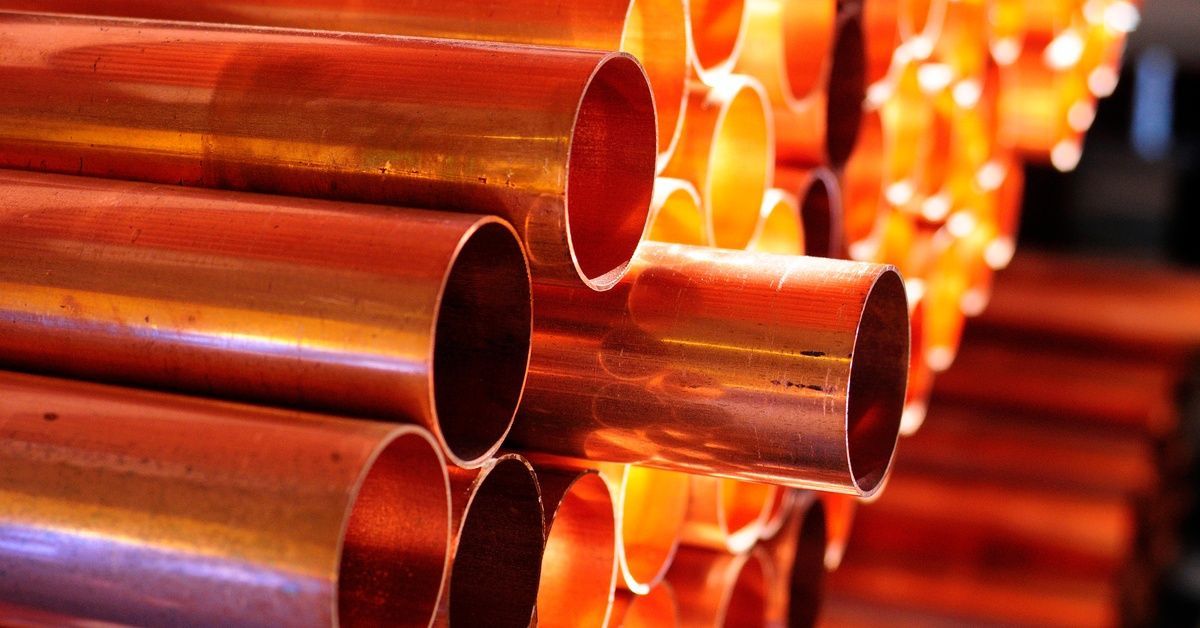
Bronze and brass represent two important copper alloy families that expand the range of available properties. Bronze alloys offer excellent strength and corrosion resistance, while brass provides good machinability with an attractive appearance. It’s commonly used for decorative hardware, musical instruments, and plumbing fittings.
Titanium
Titanium alloys deliver exceptional strength-to-weight ratios along with outstanding corrosion resistance and biocompatibility. These premium materials find extensive use in aerospace, medical, and chemical processing applications where their unique properties justify higher material costs.
Additionally, titanium’s ability to withstand harsh environments, such as extreme temperatures and chemical exposure, makes it indispensable in demanding industries. Manufacturers can apply various surface finishes to titanium to enhance its functionality, for example, to improve wear resistance or durability.
Plastics
Engineering plastics offer unique combinations of properties, including chemical resistance, electrical insulation, and dimensional stability across temperature ranges. These materials machine easily with sharp tools and moderate cutting speeds, producing excellent surface finishes without secondary operations.
Plastics prove particularly valuable for prototyping applications to promote cost-effective production. The broad range of available plastic materials ensures suitable options for virtually any application requiring nonmetallic components.
Understanding Your CNC Machining Choices
Success in CNC machining requires a deep understanding of both machining methods and material characteristics. The combination of proper technique selection and optimal material choice determines project success across all manufacturing applications. Working with experienced CNC professionals ensures you select the most appropriate combination for your unique needs.
At James Manufacturing, we offer specialized guidance to determine the best approach for your project requirements based on your industry and timeline. Contact our machining professionals to discuss your application and develop an optimized manufacturing approach that delivers the results you need.




